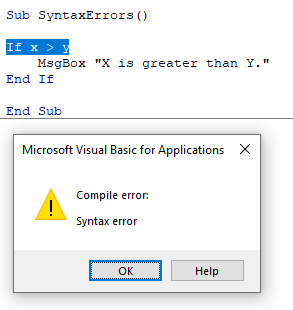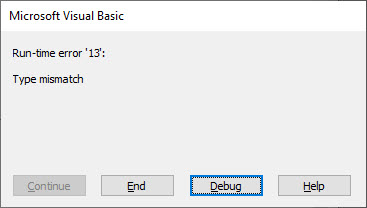
I also did an accompanying and equally free blog where I broke down the answers for all the questions we received (including the many I didnt. We had 83 questions from about 300 attendees live on the day, and if you want you can catch the recording here.Previous webinars are available in this archive. I advertised a few weeks ago, but on Wednesday I did the latest all-Q&A webinar for my work.

How to create an Excel cumulative chartHow to calculate running total (cumulative sum) in ExcelTo calculate a running total in Excel, you can use the SUM function combined with a clever use of absolute and relative cells references.For example, to calculate the cumulative sum for numbers in column B beginning in cell B2, enter the following formula in C2 and then copy it down to other cells:In your running total formula, the first reference should always be an absolute reference with the $ sign ($B$2). The following examples show the fastest way to calculate running total in Excel and plot a cumulative graph. Now, whenever I start excel, it tries to reopen all of those files, inevitably leading to a crash.This technique is very common in everyday use, for example to calculate the current score in games, show year-to-date or month-to-date sales, or compute your bank balance after each withdrawal and deposit.


Optionally, you can right-click the Cumulative Sum line in the chart, and select Add Data Labels from the context menu:As the result, your Excel cumulative graph will look similar to this:To embellish your Excel cumulative chart further, you can customize the chart and axes titles, modify the chart legend, choose other chart style and colors, etc. Click OK, and evaluate your Excel cumulative chart: If you are using a recent version of Excel 2013 or Excel 2016, select the Combo chart type, and click on the first icon (Clustered Column - Line) at the top of Change Chart Type dialog:Or, you can highlight the Custom Combination icon, and choose the line type you want for the Cumulative Sum data series ( Line with Markers in this example):In Excel 2010 and earlier, simply select the desired line type for the Cumulative Sum series, which you've selected on the previous step:
Compare 2 columns in Excel for matches and differences Excel Sum not working - fixes and solutionsI thank you for reading and hope to see you again soon! Excel: featured articles If you are curious to learn a few more Sum formulas, check out the following examples:
I would assume this would be possible with a formula like =SUM(A$1:(A1:A10)) where the part after the first : would be the dynamic range -> ideally even in the form of =SUM(A$1:A#). 3 ways to remove spaces between words in Excel cellsHi in office 365 I'm updating my formulas to dynamic formulas, to avoid having to drag along each row/column and to avoid the risk of individual cells being affected by accidental changes (instead of locking the cells).I want to have a cumulative dynamic range without having to drag in the traditional way as described in this topic. Create calendar in Excel (drop-down and printable) CONCATENATE in Excel: combine text strings, cells and columns
Compile Error Syntax Error Vba How To Solve It
=IF($B2>0 SUMIFS($B$2:$B2 $E$2:$E2 $E2 $B$2:$B2 ">0") "")=IF($B2<0 SUMIFS($B$2:$B2 $E$2:$E2 $E2 $B$2:$B2 "<0") "")I was able to get something, but it doesn't start over.But my real goal, is to actually be able to know after how many time periods (i.e. The same for the Negative column. When the sign gets back to positive in , I need to SUM starting from zero. SUM(A1:A#)Thus I tried =SUM(A$1:INDIRECT(CELL("address",A#))) However the Cell function is not returning a dynamic range unfortunately.My last brainfart was to try to have the output dependent on the position like =IF(A#0,SUM(A$1:A#),)This does result in a dynamic output, however each position has the same value (SUM(A1:A#)) and is not a cumulative series.This time, I really don't know how to solve it.So we have an ordered (DateTime) succession of values with several Codes IDs in the rows.To try to make my life easier, I did my attempts in two different columns accordingly to plus and minus signs.In I need to sum the positive Values of that specific Code until it compares a value of the opposite sign in.


 0 kommentar(er)
0 kommentar(er)
